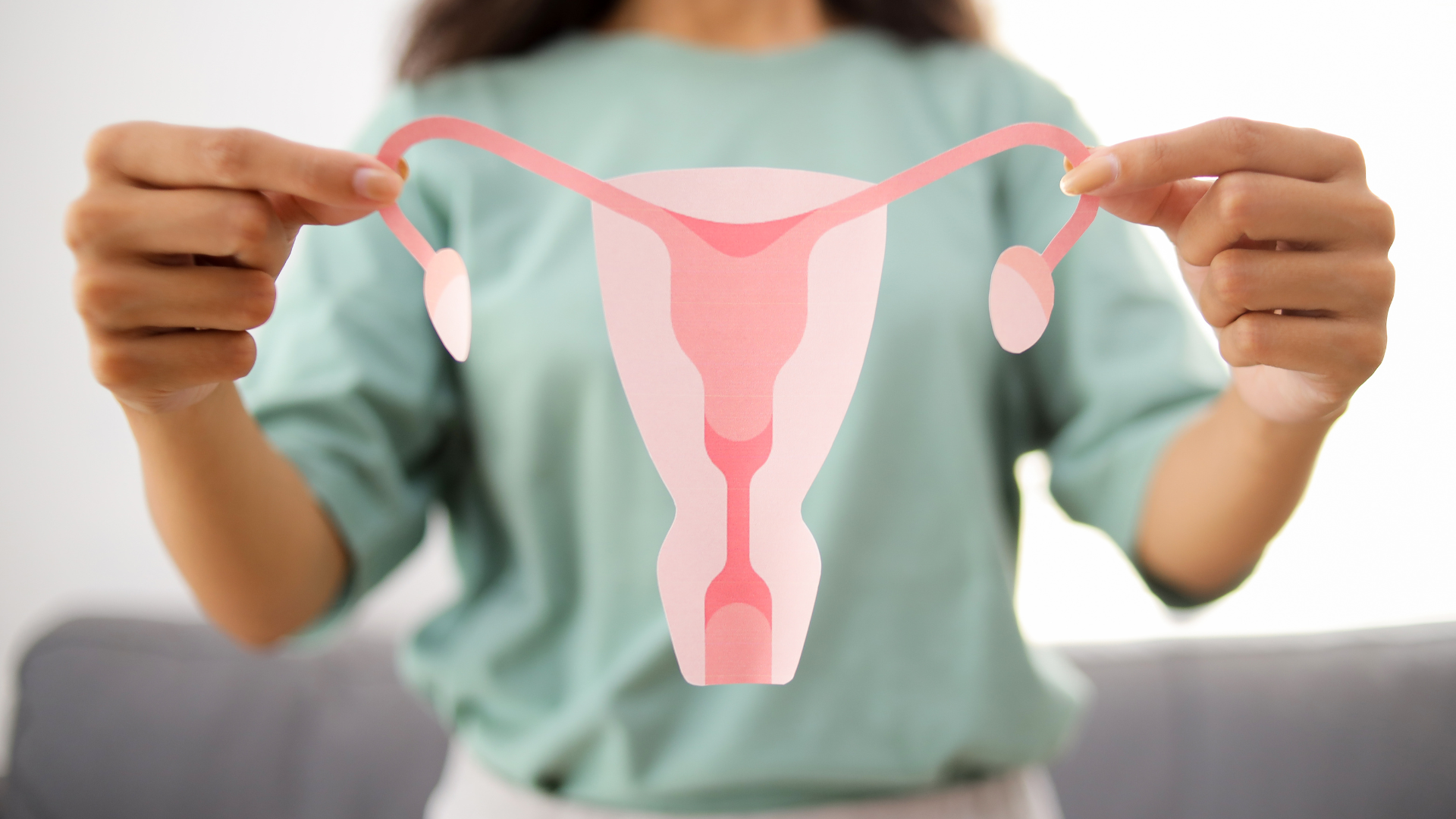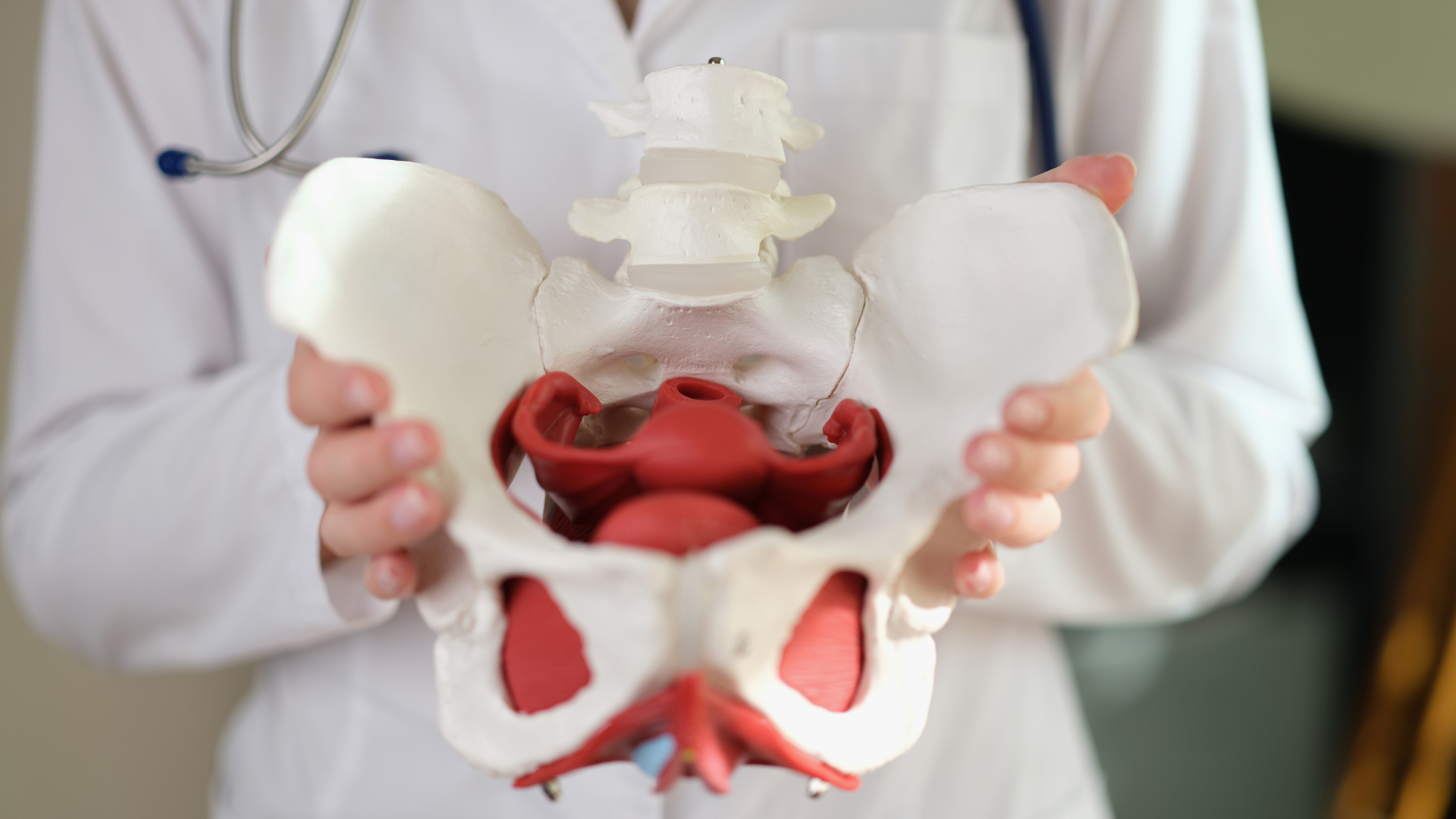Hysterectomy is the surgical removal of a woman’s uterus. Removing the uterus may be necessary for the treatment of various health problems. It is one of the most common major surgical procedures among female reproductive organ surgeries. Often, excessive bleeding, fibroids, certain types of cancer or other uterine conditions unresponsive to treatment are indications for hysterectomy.







